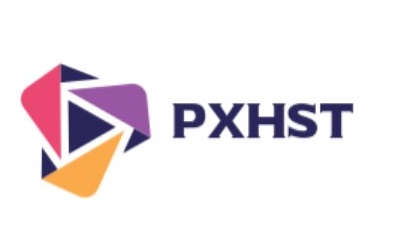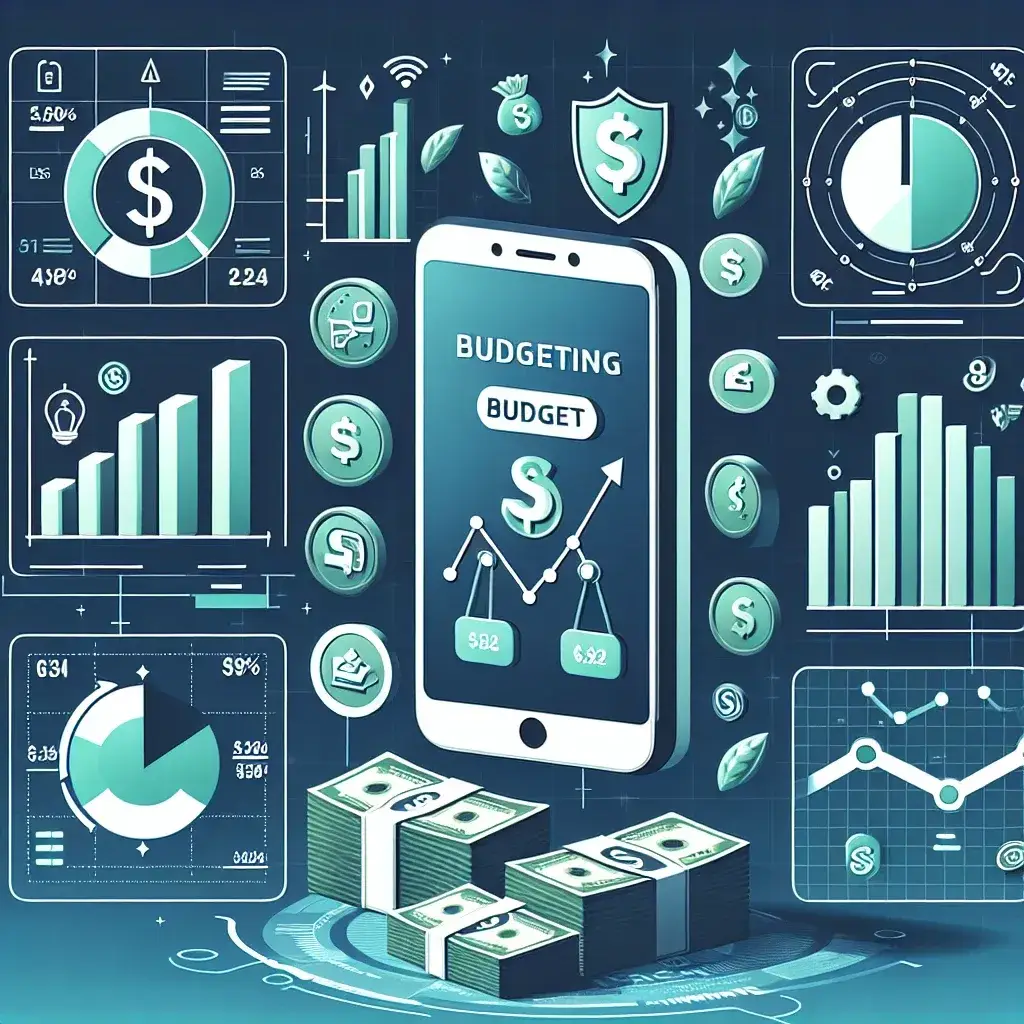The Digital Revolution in Personal Finance Management
In today’s fast-paced digital world, managing personal finances has evolved from traditional pen-and-paper methods to sophisticated mobile applications that fit right in your pocket. Personal finance management apps have become essential tools for millions of people worldwide, offering unprecedented control over spending habits, savings goals, and investment tracking. These digital solutions have transformed how we approach money management, making financial literacy more accessible than ever before.
The significance of proper financial management cannot be overstated in our current economic climate. With rising inflation, fluctuating markets, and increasing living costs, having a clear picture of your financial health is crucial for making informed decisions. Personal finance apps serve as your digital financial advisor, providing real-time insights, automated tracking, and personalized recommendations to help you achieve your monetary objectives.
Understanding Personal Finance Management Applications
Personal finance management applications are software tools designed to help individuals track, manage, and optimize their financial activities. These apps typically offer features such as expense tracking, budget creation, bill reminders, investment monitoring, and financial goal setting. They work by connecting to your bank accounts, credit cards, and other financial institutions to provide a comprehensive view of your financial landscape.
The evolution of these applications has been remarkable. What started as simple expense trackers have now become comprehensive financial ecosystems that can handle everything from daily spending to complex investment portfolios. Modern apps utilize artificial intelligence and machine learning algorithms to provide personalized insights and predictive analytics, helping users make better financial decisions.
Key Features That Define Excellent Finance Apps
When evaluating personal finance management apps, several critical features distinguish the exceptional from the ordinary. Automatic transaction categorization stands as one of the most valuable features, eliminating the tedious task of manually sorting expenses. This functionality uses advanced algorithms to recognize spending patterns and automatically assign transactions to appropriate categories such as groceries, entertainment, or utilities.
Security represents another paramount consideration. Top-tier applications employ bank-level encryption, two-factor authentication, and secure data storage protocols to protect sensitive financial information. Users should prioritize apps that maintain transparency about their security measures and comply with financial industry regulations.
Real-time synchronization across multiple devices ensures that your financial data remains current whether you’re using your smartphone, tablet, or computer. This feature enables seamless money management regardless of your location or preferred device.
Popular Categories of Personal Finance Apps
Budgeting and Expense Tracking Applications
Budgeting apps form the foundation of personal finance management, helping users understand where their money goes each month. These applications typically offer customizable budget categories, spending alerts, and visual representations of financial data through charts and graphs. Popular options in this category include apps that provide zero-based budgeting, envelope budgeting, and percentage-based allocation methods.
The most effective budgeting apps offer flexibility in budget creation while maintaining simplicity in daily use. They should accommodate various income frequencies, irregular expenses, and changing financial circumstances. Advanced features might include predictive spending analysis, which helps users anticipate future expenses based on historical data.
Investment and Wealth Building Platforms
Investment-focused finance apps cater to users interested in growing their wealth through various investment vehicles. These platforms often provide portfolio tracking, market analysis, educational resources, and sometimes direct investment opportunities. They range from simple portfolio monitors to comprehensive investment platforms offering stocks, bonds, ETFs, and cryptocurrency trading.
Many modern investment apps incorporate robo-advisory services, which use algorithms to create and manage diversified portfolios based on user risk tolerance and financial goals. This democratization of investment management has made professional-level portfolio management accessible to everyday investors.
Debt Management and Credit Monitoring Tools
Specialized apps focusing on debt reduction and credit improvement have gained significant popularity. These tools help users create debt payoff strategies, track progress toward becoming debt-free, and monitor credit scores. Effective debt management apps often include features like debt avalanche and debt snowball calculators, helping users choose the most efficient repayment strategy.
Credit monitoring capabilities within these apps provide regular updates on credit scores, alert users to changes in their credit reports, and offer personalized recommendations for improving creditworthiness. Some apps even provide credit score simulators that show how different financial decisions might impact credit ratings.
Benefits of Using Personal Finance Management Apps
Enhanced Financial Awareness and Control
The primary advantage of using personal finance apps lies in the increased awareness they provide about spending habits and financial patterns. Many users discover surprising insights about their money management once they begin tracking expenses systematically. This heightened awareness naturally leads to more conscious spending decisions and better financial control.
Apps eliminate the guesswork from budgeting by providing accurate, real-time data about income and expenses. Users can quickly identify areas where they’re overspending and make immediate adjustments to stay within budget. This immediate feedback loop creates a more responsive approach to money management.
Time Savings and Automation
Manual financial tracking can be incredibly time-consuming and prone to errors. Personal finance apps automate much of this process, saving users hours each month while providing more accurate data. Automated features include transaction importing, categorization, bill reminders, and even automatic savings transfers.
The convenience factor cannot be understated. Having all financial information accessible from a smartphone means users can check account balances, review recent transactions, or adjust budgets anywhere, anytime. This accessibility encourages more frequent financial check-ins, leading to better money management habits.
Goal Achievement and Motivation
Personal finance apps excel at helping users set and achieve financial goals. Whether saving for a vacation, building an emergency fund, or planning for retirement, these apps provide visual progress tracking and motivational features that keep users engaged with their financial objectives.
Many apps gamify the savings process, offering badges, achievements, or other rewards for reaching milestones. This psychological reinforcement can be particularly effective for users who struggle with traditional savings methods. The visual representation of progress toward goals provides constant motivation to maintain good financial habits.
Choosing the Right App for Your Needs
Assessing Your Financial Priorities
Selecting the ideal personal finance app begins with understanding your specific financial needs and priorities. Users primarily focused on debt reduction should prioritize apps with robust debt tracking and payoff planning features. Those interested in building wealth might prefer apps with strong investment tracking and analysis capabilities.
Consider your current financial situation and future goals. Young professionals just starting their careers might benefit most from comprehensive budgeting apps that help establish good financial habits. More experienced users with complex financial portfolios might require advanced apps that can handle multiple investment accounts, real estate holdings, and detailed tax planning.
Evaluating Security and Privacy Features
Given the sensitive nature of financial data, security should be a top priority when choosing a personal finance app. Research the app’s security protocols, data encryption methods, and privacy policies. Reputable apps will clearly communicate their security measures and compliance with financial industry standards.
Consider whether the app stores data locally on your device or in the cloud, and understand the implications of each approach. Cloud-based storage offers convenience and cross-device synchronization but requires trust in the provider’s security infrastructure. Local storage provides more control but may limit functionality and accessibility.
Cost Considerations and Value Assessment
Personal finance apps range from completely free to premium subscriptions costing several dollars per month. Free apps often provide basic functionality that may be sufficient for simple financial management needs. However, users with complex financial situations or those seeking advanced features typically benefit from premium subscriptions.
When evaluating cost, consider the potential savings and financial improvements the app might facilitate. An app that helps you stick to a budget, avoid overdraft fees, or optimize investments could easily pay for itself many times over. Calculate the potential return on investment when deciding between free and paid options.
Implementation Strategies for Maximum Success
Setting Up Your Financial Foundation
Successful implementation of personal finance apps begins with proper setup and configuration. Take time to connect all relevant financial accounts, including checking accounts, savings accounts, credit cards, and investment portfolios. Accurate initial setup ensures comprehensive financial tracking from day one.
Establish realistic budgets based on historical spending data rather than aspirational goals that may be difficult to maintain. Most apps can analyze past spending patterns to suggest appropriate budget allocations. Start with these recommendations and adjust based on your specific priorities and circumstances.
Developing Consistent Usage Habits
The effectiveness of personal finance apps depends largely on consistent usage. Develop a routine for checking your app, whether daily, weekly, or bi-weekly. Regular reviews help identify spending trends, track progress toward goals, and make necessary adjustments to stay on track.
Take advantage of notification features to stay engaged with your finances. Set up alerts for budget limits, bill due dates, unusual spending patterns, or goal milestones. These reminders help maintain financial awareness without requiring constant manual monitoring.
Leveraging Advanced Features for Optimization
As you become comfortable with basic app functionality, explore advanced features that can further optimize your financial management. Many apps offer spending analysis, cash flow forecasting, and personalized recommendations based on your financial behavior.
Advanced users might benefit from features like automatic savings rules, investment rebalancing alerts, or tax optimization suggestions. These sophisticated tools can significantly enhance your financial outcomes when used effectively.
Future Trends in Personal Finance Technology
Artificial Intelligence and Machine Learning Integration
The future of personal finance apps lies increasingly in artificial intelligence and machine learning capabilities. These technologies enable apps to provide more personalized recommendations, predict future financial needs, and identify optimization opportunities that users might miss.
AI-powered features include intelligent spending categorization, fraud detection, personalized savings recommendations, and automated financial coaching. As these technologies advance, personal finance apps will become even more proactive in helping users improve their financial health.
Integration with Emerging Financial Services
Personal finance apps are increasingly integrating with emerging financial services such as cryptocurrency platforms, peer-to-peer payment systems, and alternative lending options. This integration provides users with a more comprehensive view of their financial ecosystem and enables management of diverse financial products from a single platform.
The rise of open banking initiatives worldwide is facilitating greater integration between financial institutions and third-party apps. This trend promises to enhance the functionality and usefulness of personal finance management tools while maintaining security and privacy standards.
Conclusion: Embracing Digital Financial Management
Personal finance management apps represent a powerful tool for achieving financial wellness in the digital age. By providing unprecedented visibility into spending patterns, automating tedious financial tasks, and offering personalized guidance, these applications empower users to take control of their financial futures.
The key to success lies in choosing an app that aligns with your specific needs, implementing it consistently, and leveraging its features to support your financial goals. As technology continues to evolve, these tools will become even more sophisticated and valuable for managing personal finances effectively.
Whether you’re just beginning your financial journey or looking to optimize an already solid financial foundation, the right personal finance app can serve as your digital financial advisor, helping you make informed decisions and achieve your monetary objectives. The investment in time and potentially money for a quality finance app often pays dividends in improved financial health and peace of mind.

